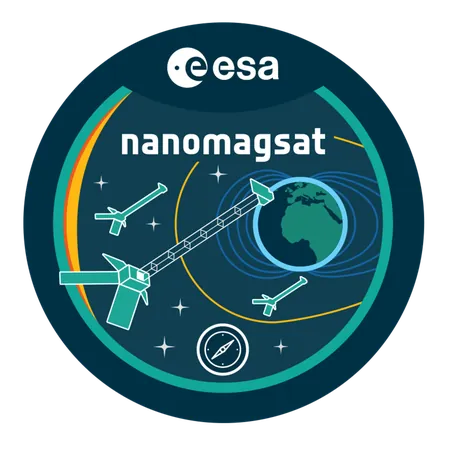
Exciting New ESA Contract Launches Revolutionary NanoMagSat Project!
2024-11-27
Author: Sophie
In a noteworthy advancement for Earth observation technology, the European Space Agency (ESA) has just secured a development contract worth €34.6 million for the NanoMagSat mission, signed with Prime Contractor Open Cosmos at the ESA Earth Observation Commercialisation Forum in Frankfurt, Germany. This contract paves the way for a groundbreaking series of small satellites set to reshape our understanding of Earth's magnetic field.
The NanoMagSat mission, which will consist of three small satellites, exemplifies the innovative approach of "New Space." This approach focuses on agility and cost-efficiency, successfully miniaturizing existing technologies and pioneering new observational techniques—all while adhering to a rapid development timeline. The first satellite in this ambitious project is expected to launch by late 2027, followed by the subsequent two satellites in 2028.
ESA's Director of Earth Observation Programmes, Simonetta Cheli, emphasized the significance of the NanoMagSat mission, stating, "This project marks a pivotal moment in our efforts to enhance Earth observation capabilities through compact satellite technology."
Leading Open Cosmos in this venture, CEO Rafel Jorda expressed his excitement about the mission's potential. "NanoMagSat isn’t just a leap in technology; it’s a revolution in understanding Earth's magnetic field and its various applications," he stated. "By employing miniaturized instruments combined with innovative strategies, we are setting new standards for what small satellites can achieve. Our collaboration with ESA and our esteemed partners will yield transformative insights beneficial to both science and industry."
Each NanoMagSat will be equipped with advanced instruments, including a miniaturized absolute magnetometer and a high-frequency magnetometer for precise magnetic measurements. These satellites are also designed to include a Langmuir probe for measuring electron temperature and density, in addition to two GNSS receivers.
Following in the footsteps of ESA's Swarm mission, the data collected by NanoMagSat is expected to significantly enhance our understanding of the dynamics of Earth's magnetic fields. This critical information will have implications for a variety of applications, including space weather hazard assessments, improved navigation systems, and the development of reference models for consumer technology like smartphones. Furthermore, it will facilitate advancements in directional drilling and contribute to updates to the World Magnetic Model.
With this new contract, ESA and its partners are not only taking significant strides in space technology but also opening up exciting possibilities for the future of Earth observation and beyond! Stay tuned for more updates on this groundbreaking mission!









 Brasil (PT)
Brasil (PT)
 Canada (EN)
Canada (EN)
 Chile (ES)
Chile (ES)
 España (ES)
España (ES)
 France (FR)
France (FR)
 Hong Kong (EN)
Hong Kong (EN)
 Italia (IT)
Italia (IT)
 日本 (JA)
日本 (JA)
 Magyarország (HU)
Magyarország (HU)
 Norge (NO)
Norge (NO)
 Polska (PL)
Polska (PL)
 Schweiz (DE)
Schweiz (DE)
 Singapore (EN)
Singapore (EN)
 Sverige (SV)
Sverige (SV)
 Suomi (FI)
Suomi (FI)
 Türkiye (TR)
Türkiye (TR)